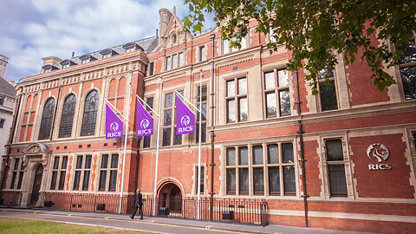Over the past few decades many of the world's cities have been undergoing digital transformation, adapting to meet the evolving needs of changing inhabitants and overall population. Technology is now embedded within infrastructure, culture and lifestyle in some form. Boyd Cohen states that smart cities are “the cities that use information and communication technologies to deliver services to their citizens” but what does this look like in practice?
Application of the smart city concept can vary around the world. Depending on government goals, funding and local requirements, they can target context-specific issues by design; there is not a one-size-fits all smart city approach.
Energy efficiency and sustainability
In Europe, the model has mainly been developed in relation to energy efficiency and sustainability. The number of smart city strategies in Europe almost equals the number of strategies in Asia Pacific and North America combined, showing commitment to the creation of greener cities alongside rapid digitisation.
Amsterdam is a strong example of this. With its well-developed tram system and cycling infrastructure, it combines sustainable living with the provision of reliable, accessible mobility systems.
Equally, Barcelona is also applying the smart city model to be more green. They have tested out a range of electric mobility solutions and explored the use of sensors on things such as noise and air contamination and traffic congestion.
These greener smart city models have been encouraged through funding and support programmes of the European Union’s Directorate General of Energy along with innovations in energy provision.
Mobility and access
In many cities, growing urbanisation and population density has led to a need for better mobility networks and greater accessibility. One of the main challenges is the navigation of traffic congestion and reliable access to public transport. These smart cities incorporate digital technology to improve the efficiency, geography and safety of movement, as this in turn impacts upon social, economic and environmental factors.
In the United States (US), some smart city approaches have a strong mobility focus. Washington D.C is a prime example of a smart city making use of live-feedback via technology to improve the city's operation. Employing a movement analytics program, data from video cameras identifies who and what is moving and where, analysing it to then make better decisions about where traffic should be routed and what areas need infrastructure improvement and more resources.
Reinforced by a funding challenge from the US Department of Transportation and influenced by the variety of landscape, US smart cities are designed to support the movement of mass groups of people between areas with minimal delay and increased access.
Economic and social objectives
The application of the smart city concept is influenced by many factors such as resources, economy and social mobility. These models place more emphasis on digital skills and capacities and are often seen in Asia Pacific, with most strategies coming from the People's Republic of China (PRC) and India.
Global connectedness and digital capability have become necessities for individuals rather than optional interests. Where smart city technology is applied with economic and social objectives as the focus, solutions such as e-learning centres are more prevalent and access to education is more accessible.
This model, along with those above, demonstrate how broad the application of the smart city concept can be.
The Asian Development Bank (ADB) reminds us that “successful smart city initiatives are based on a comprehensive strategy. Yet, there is no one-size fits-all approach for smart cities, and operational models need to be tailored to individual country and city contexts.”
It is important to remember that each city in a nation can be different. The definition of smart cities is largely the same globally but how this looks in practice varies depending on a variety of factors including geographical condition, ecosystems, resource availabilities, financing and major challenges being faced.
Are you interested in smart cities and surveying in a digitally empowered world? Continue the conversation by signing up for the RICS Smart Cities Conference where topics to be covered include:
- How to improve stakeholder engagement with Digital twins?
- Remaining in demand as smart cities develop – identifying and attaining the right skills and tools surveyors need in the cities of the future
- Intelligent financing for smart cities and you can benefit from this?
About the author

Kieran Halliwell
Content Creator, RICS















